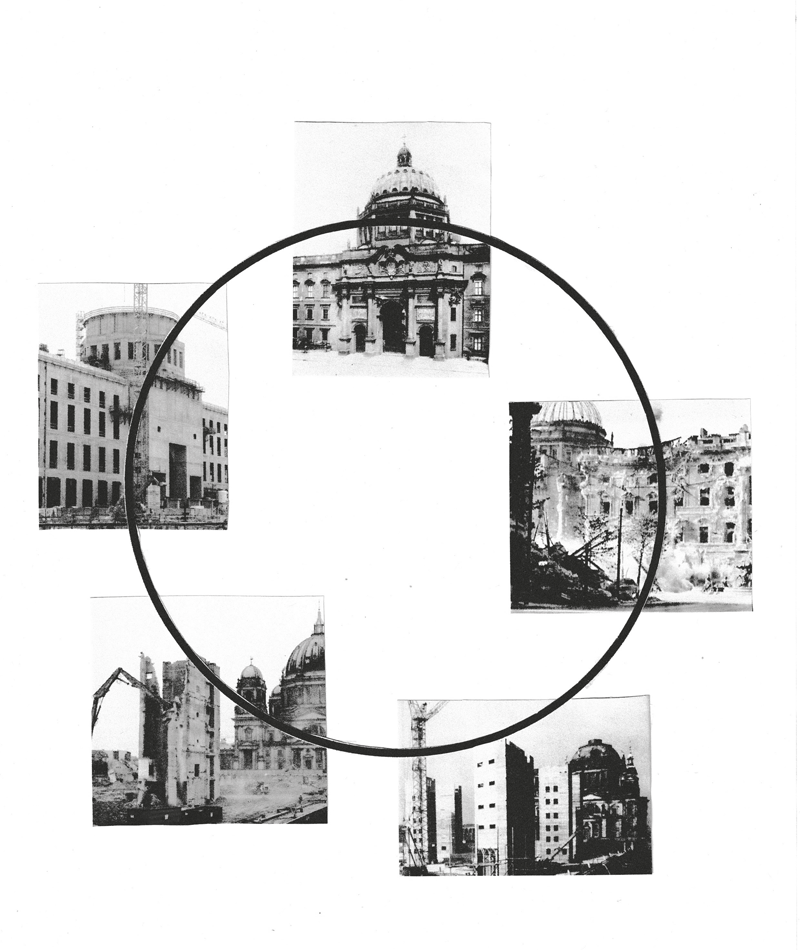The article will focus on a critical re-evaluation of approaches to the city in the period of late normalization; especially on the new ethos that took place in the professional community as a result of postmodern ideas coming from Western Europe, but also thanks to the extremely negative experience of the highly modernist industrialization of architecture, abused by the socialist regime. The core of the text will compare the three areas of the normalization city – housing estates, core and historic districts. At the housing estate it is going to describe efforts to introduce city-forming features in the parameters of newly established public spaces, their equipment and requirements for public buildings. In the case of historic cores, intentions were primarily related to rehabilitation of the city’s main streets and squares or to fill inappropriate empty plots. And in connection with the historic (industrial) districts, the text will describe the program of modernization of apartment buildings from 19th and early 20th century. The text is based on a research project – Architecture of the Eighties – completed last year.
DOI: https://doi.org/10.31577/archandurb.2023.57.3-4.3

This work is licensed under a Creative Commons Attribution 4.0 International License





